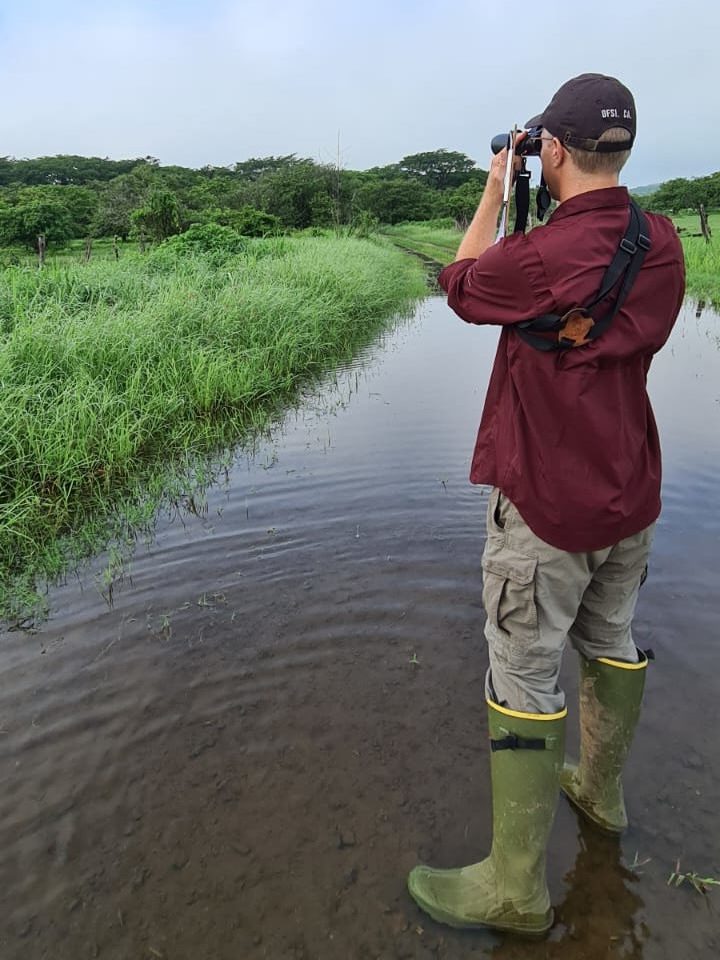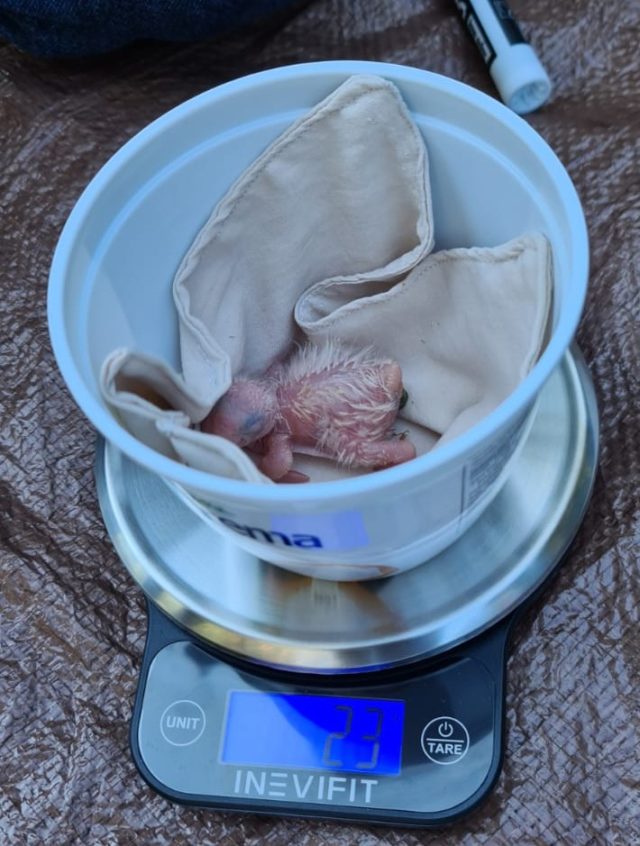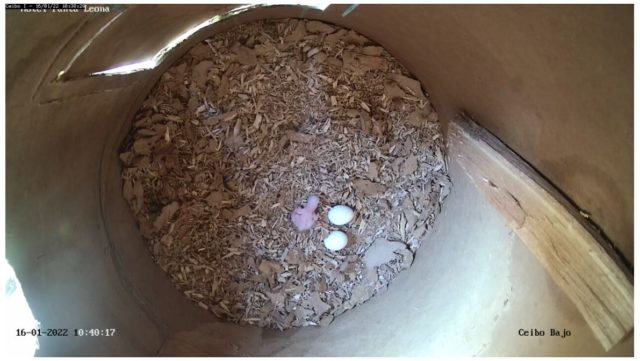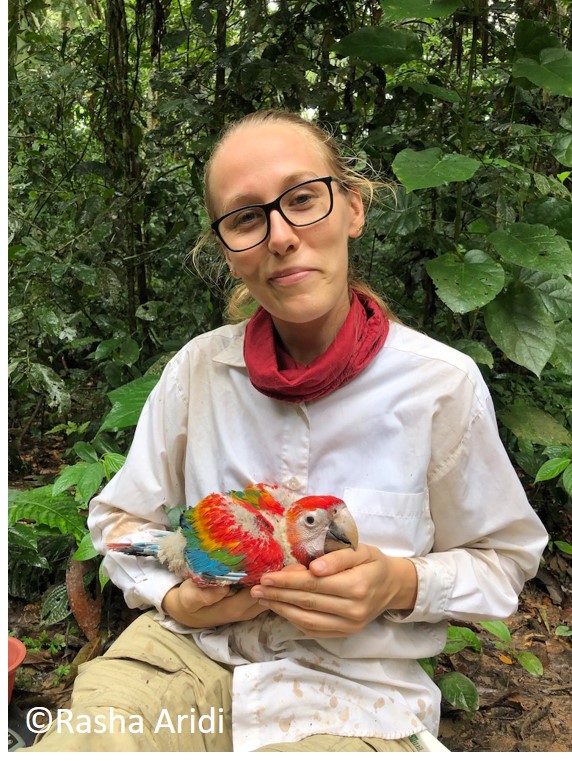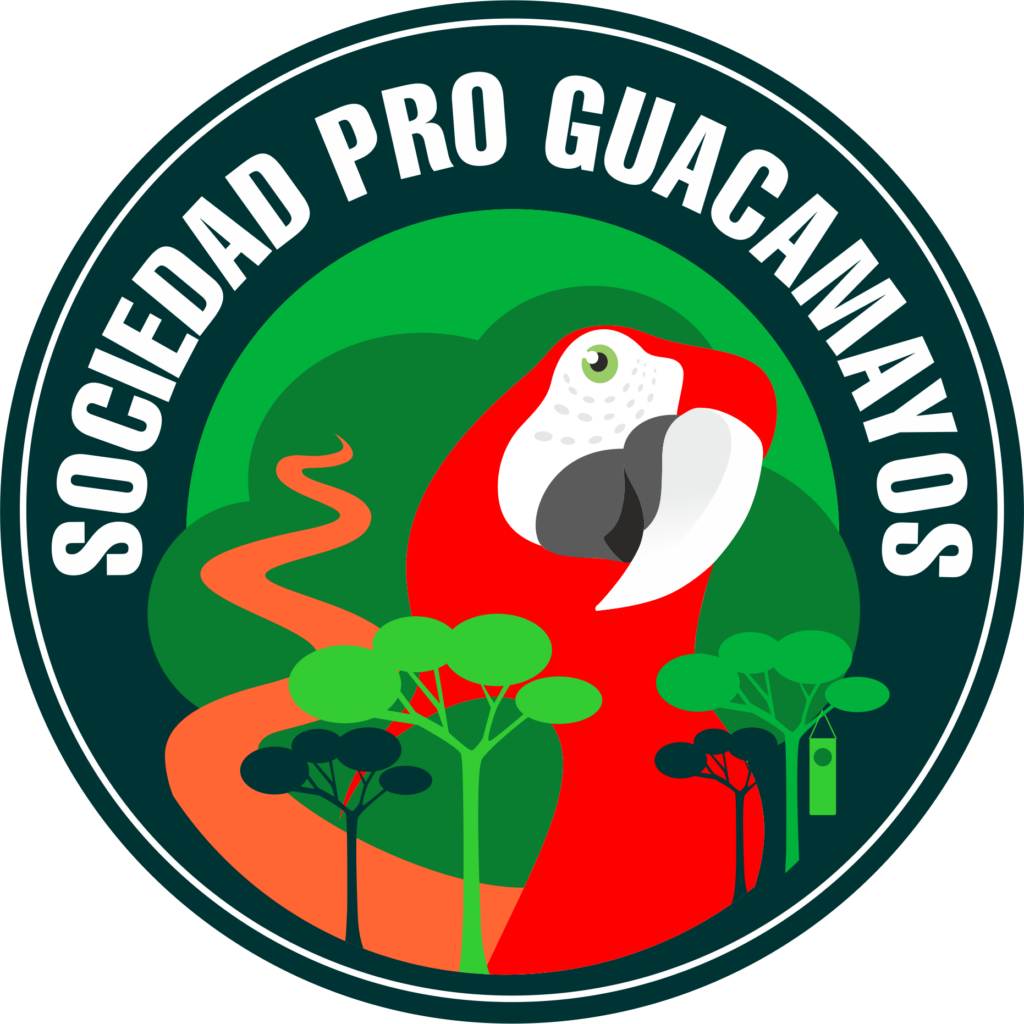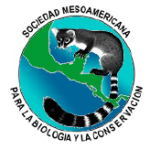Simon Kiacz (PhD candidate in the Ecology and Evolutionary Biology program) and Dr. Donald Brightsmith, co-director of The Macaw Society, have received a Schubot mini-grant to study vocal variations in the critically endangered Yellow-naped Parrot throughout Costa Rica.
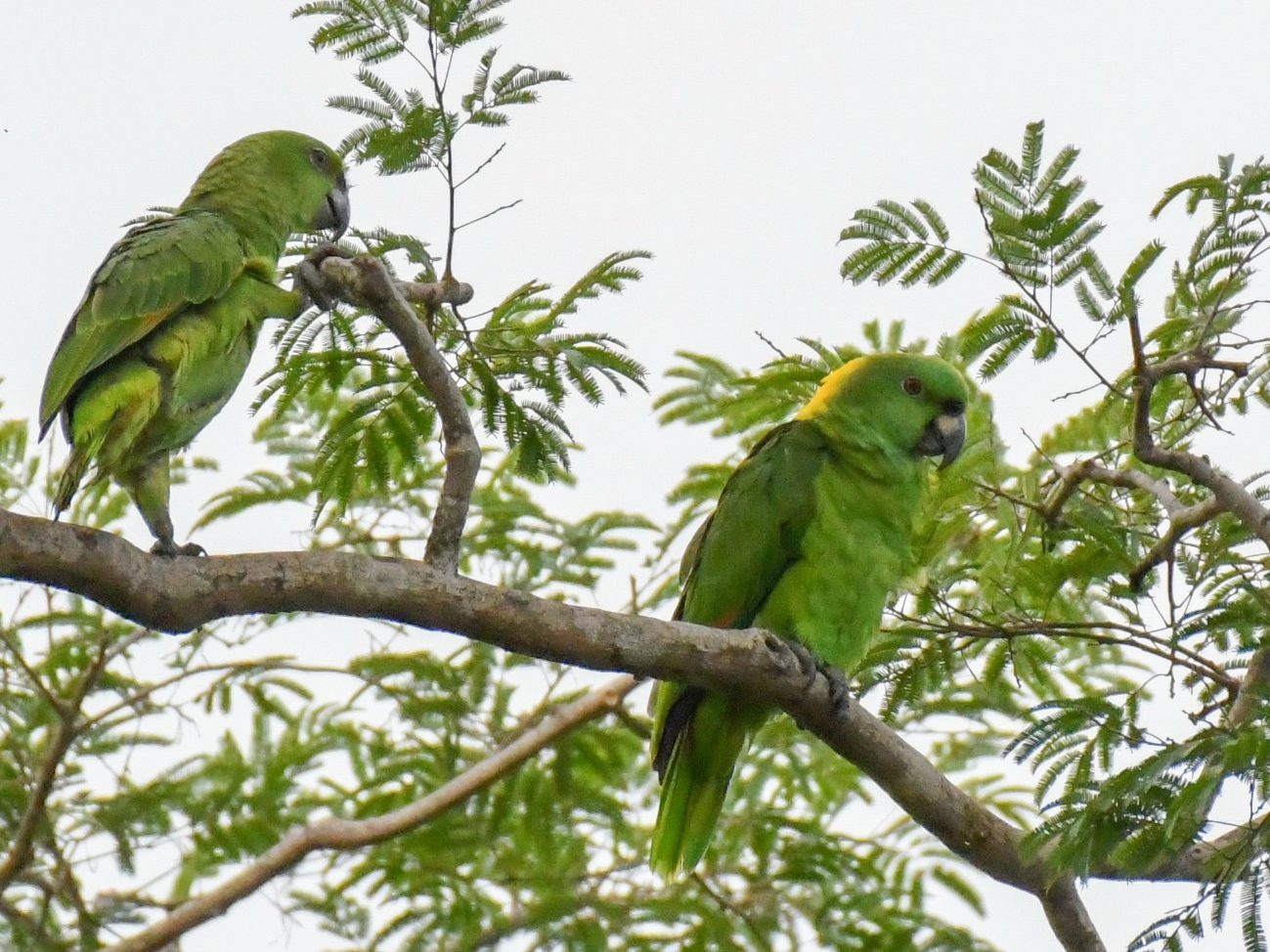
Yellow-naped Parrots have incredible vocal abilities, and populations in Costa Rica alone maintain at least three different dialects. Unfortunately, the population size in Costa Rica has appeared to decrease by almost half since 2005 – this decline is at least partially attributed to the illegal pet trade, as the species is popular as a cage bird due to its vocal propensities. Fortunately, many wildlife rehabilitation centers in Costa Rica are equipped and authorized to receive birds that have been rescued from the illegal trade.
The research that Simon Kiacz and Dr. Brightsmith are undertaking will seek to understand how varying dialects and vocalizations both affect and are affected by the rehabilitation and release process. This work will be done in coordination with the country’s largest and oldest animal sanctuary, Rescate Wildlife Rescue Center. By analyzing vocalizations as birds enter the rehabilitation center and throughout the release process, including post release, Kiacz and Brightsmith aim to understand how vocalizations may change and how dialects are created and maintained among release cohorts, and how these changes may affect survival and fitness post release.
Join us to congratulate Simon and Dr. Brightsmith for this achievement !
